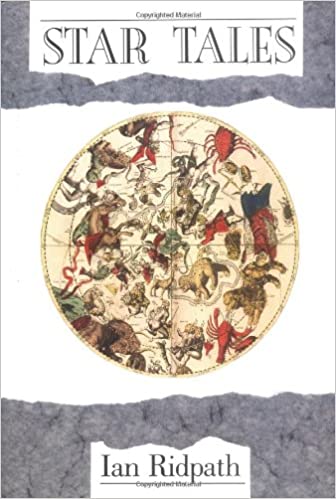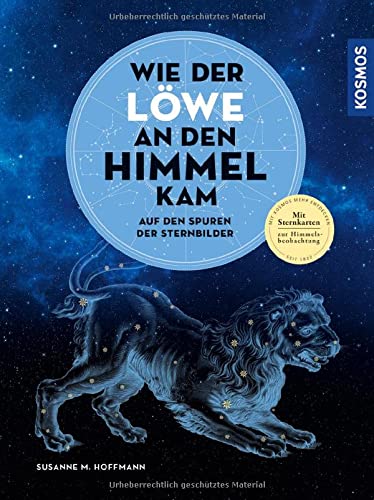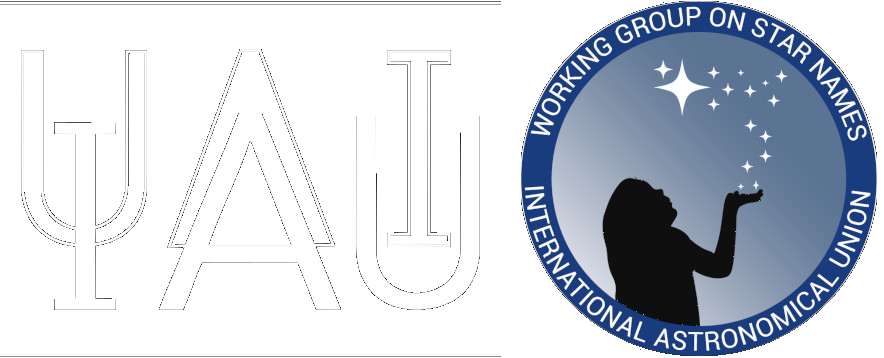The modern constellations have been defined in the 1920s over the course of the decade and published in the 1930 Celestial Atlas by Eugène Delporte. Here we present their profiles with historical texts and images that first mention them.
South
- Antlia
- Apus
- Ara
- Caelum
- Canis Major
- Canis Minor
- Carina
- Centaurus
- Chamaeleon
- Circinus
- Columba
- Corona Australis
- Corvus
- Crater
- Crux
- Dorado
- Eridanus
- Fornax
- Grus
- Horologium
- Hydra
- Hydrus
- Indus
- Lepus
- Lupus
- Mensa
- Microscopium
- Monoceros
- Musca
- Norma
- Octans
- Pavo
- Phoenix
- Pictor
- Piscis Austrinus
- Puppis
- Pyxis
- Reticulum
- Sculptor
- Telescopium
- Triangulum Australe
- Tucana
- Vela
- Volans
Zodiac
(Path of Moon)
More Information

Ian Ridpath:
Star Tales
(originally published in 1988,
revised editions since then,
Ian’s website)
The tales of the modern constellations:
who invented them in the Early Modern Age and what legends did Ovid and the ancients tell?
In alphabetical order each of the constellations is described in an own chapter.
Hoffmann:
Wie der Löwe an den Himmel kam
(published 2021 in German only but the images speak their own language.)
The book explains the history of all 88 constellations, constellation by constellation, dedicating 2 to 4 pages for each of them. It is grouping them by the seasons of visibility and demonstrating that many of the constellations are not understandable individually but only with regard to their neighbours.
As an extension of Ridpath’s book, this book also compares the Babylonian constellations at the given area of the sky demonstrating that there are many deviations.

